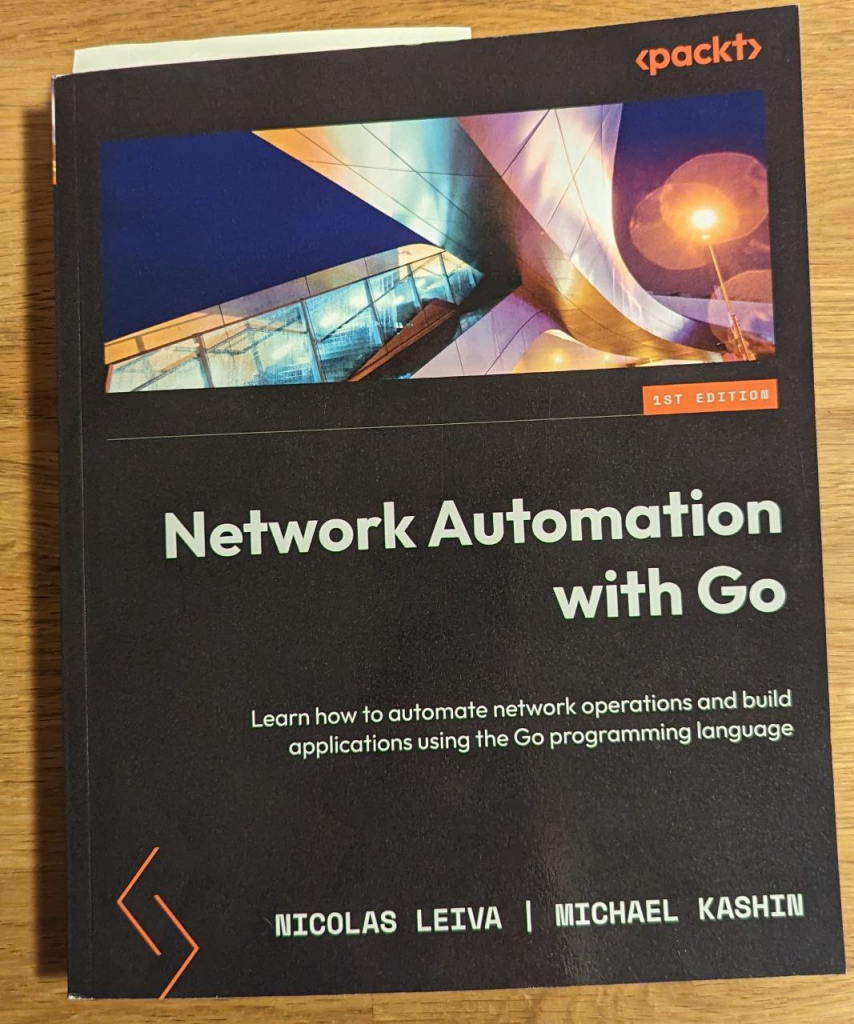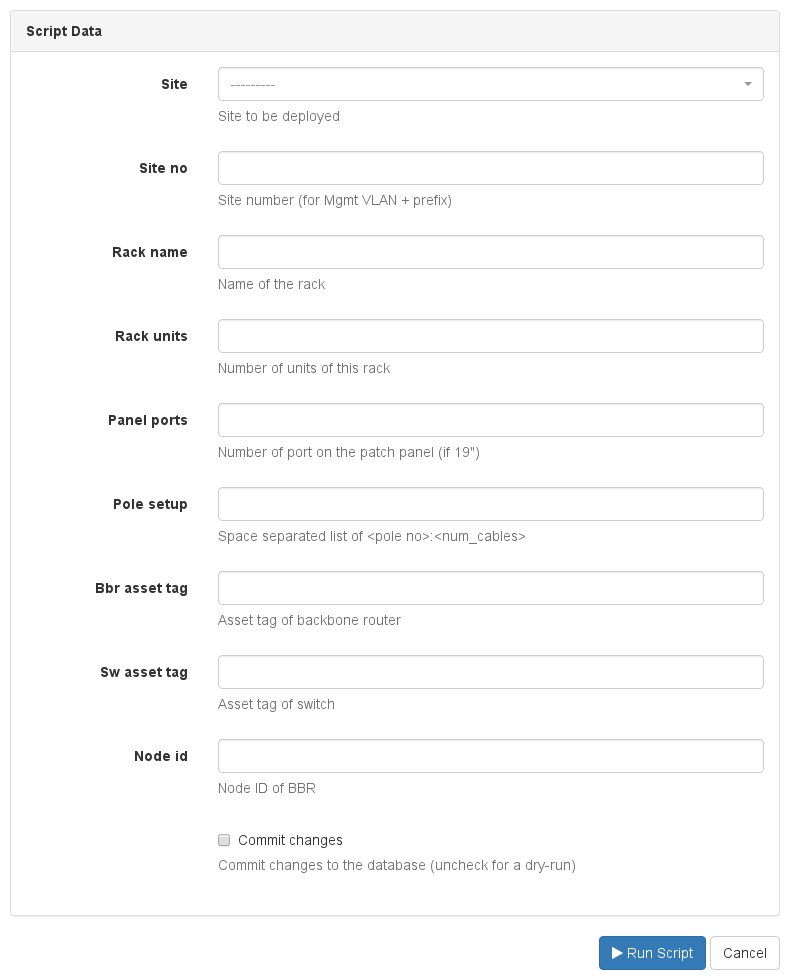Recently I wrote a scripts which aids in provisioning things inside our network, which will do some sanity checks and if all is good set up a number of things (prefixes, IPs, sub-interfaces, IPs on them, etc.). The reason to do this inside a script is to do this in an atomic operation, so either the full provision process is done, or nothing is changed at all.
If the sanity checks fail (invalid input, trying to create something with overlapping resources, etc.) the script should fail and ideally report a clear error message one what was wrong, which should be reported to the caller (via API).
Now I was looking into exiting the script on an error and only found the option to throw any Exception which will produce a stack trace of all internal Exceptions which had been caught and handled. There is a AbortTransaction Exception, which allows to terminate the script and thereby the DB transaction, but it was not designed to carry an error message.
Looking into the code it seemed like adding support to gracefully abort a would be rather straight forward to add, so I did (issue, PR). Today the PR got merged and NetBox v3.4.4 (and later) includes the AbortScript exception to elegantly abort scripts, which you can use like this:
from utilities.exceptions import AbortScript
if some_error:
raise AbortScript("Some meaningful error message")


 Nearly two years ago, I started thinking about a next generation design for the
Nearly two years ago, I started thinking about a next generation design for the